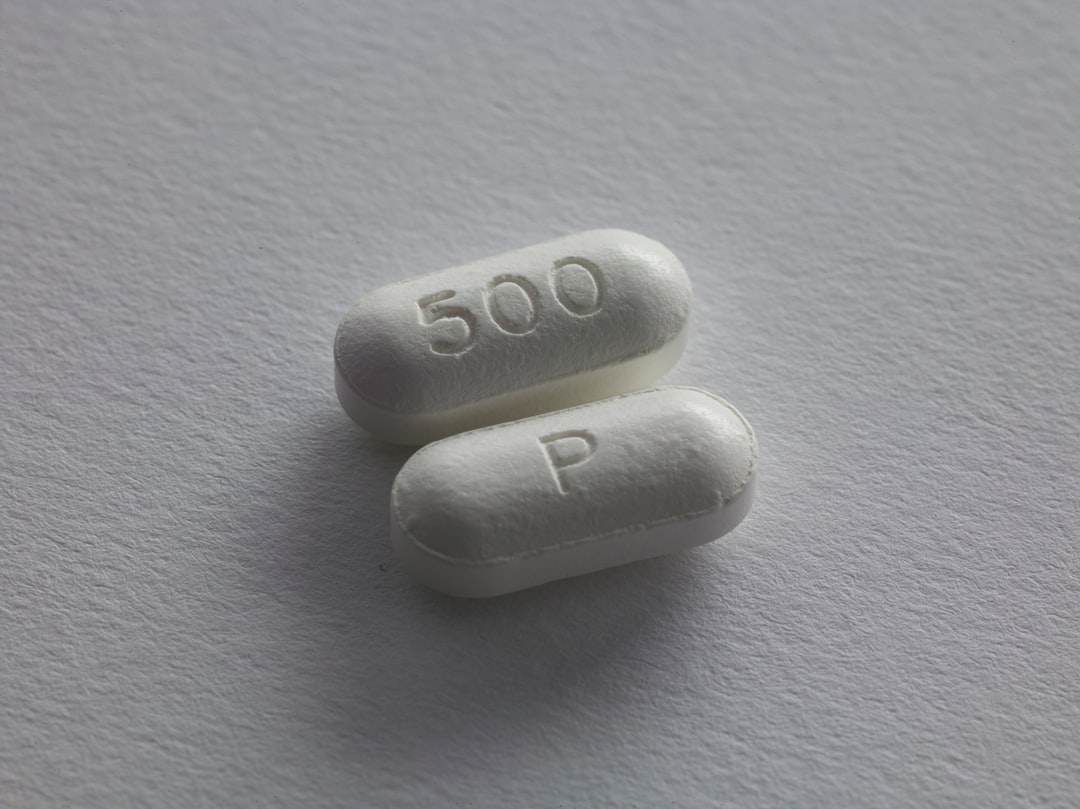What is it about?
We demonstrated that ectopic expression in pancreatic cancer MIA PaCa-2 or PANC-1 cells of MUC6, either alone or combined with α4GnT, attenuates anchorage-dependent cell proliferation, cellular motility and cellular invasiveness in vitro.
Featured Image

Photo by Sara Bach on Unsplash
Why is it important?
We observed attenuation of malignant phenotypes following ectopic expression of MUC6 in pancreatic cancer cell lines, effects enhanced by co-expression of α4GnT in vitro. Moreover, in patient samples, higher A4GNT and MUC6 transcript levels were correlated with favorable prognosis in pancreatic ductal adenocarcinoma.
Perspectives
These evidence suggest that α4GnT and MUC6 expression in pancreatic ductal adenocarcinoma is associated with more favorable outcomes for patients. We conclude that MUC6 loss and/or loss of αGlcNAc glycosylation of MUC6 could be a useful biomarker to assess pancreatic cancer progression.
Atsuko Yuki
Shinshu Daigaku
Read the Original
This page is a summary of: Glycosylation of MUC6 by α1,4‐linked
N
‐acetylglucosamine enhances suppression of pancreatic cancer malignancy, Cancer Science, November 2021, Wiley,
DOI: 10.1111/cas.15209.
You can read the full text:
Contributors
The following have contributed to this page










